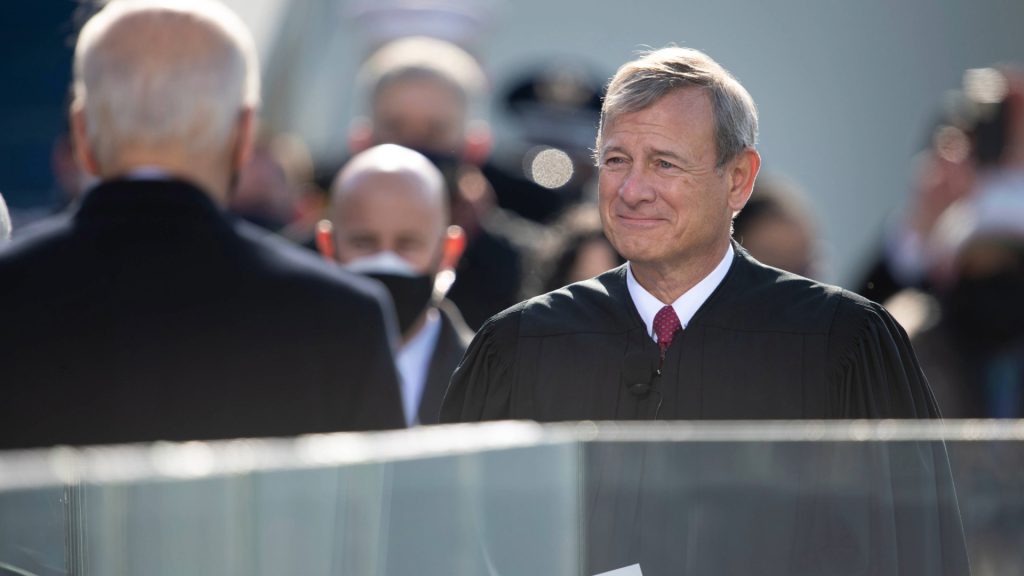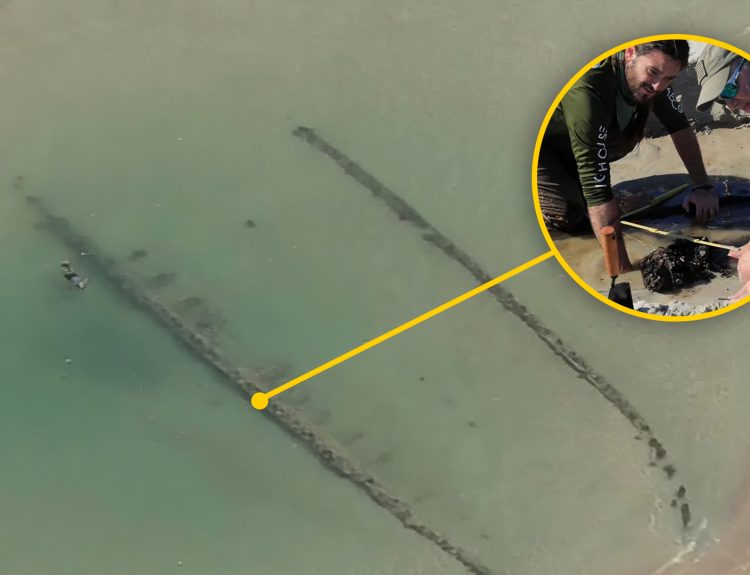In a highly anticipated move, the Supreme Court has agreed to hear a Biden administration appeal concerning the regulation of ghost guns, firearms that lack serial numbers. The decision comes after lower courts struck down the regulation, setting the stage for a consequential legal showdown.
A Contentious Issue Reaches the Nation’s Highest Court
The ghost gun regulation, implemented in 2022, sought to close a loophole in federal law by expanding the definition of a firearm to include unfinished parts, such as handgun frames and long gun receivers. This change aimed to make these components more easily traceable and subject to the same licensing and background check requirements as commercially manufactured firearms.

Supporters contend that the regulation is essential for combating the spread of untraceable firearms, which have been increasingly linked to violent crimes nationwide. However, opponents argue that the rule oversteps the authority of the Bureau of Alcohol, Tobacco, Firearms and Explosives (ATF) and infringes upon the rights of law-abiding gun owners.
Lower Courts Rule Against the Regulation
In a significant setback for the Biden administration’s efforts to regulate ghost guns, U.S. District Judge Reed O’Connor in Fort Worth, Texas, ruled last year that the ATF had exceeded its authority in implementing the new rule. Judge O’Connor maintained that the federal definition of a firearm does not include all gun parts.

Subsequently, a panel of the 5th U.S. Circuit Court of Appeals, consisting of three Trump appointees, largely upheld Judge O’Connor’s decision. The panel’s ruling further reinforced the legal challenges confronting the ghost gun regulation.
Supreme Court Steps in to Maintain Regulation
Acknowledging the significance of the issue, the Supreme Court took the extraordinary step of intervening to keep the ghost gun regulation in place while the legal battle unfolds. In a 5-4 vote, Chief Justice John Roberts and Justice Amy Coney Barrett joined forces with the court’s three liberal members to form a majority.

This decision highlights the importance of the case and the potential wide-ranging implications of the eventual ruling. The dissenting justices, including Samuel Alito, Neil Gorsuch, Brett Kavanaugh, and Clarence Thomas, would have preferred to suspend the regulation pending the outcome of the appeals process.
The Growing Concern of Ghost Guns
Ghost guns have emerged as a growing concern for law enforcement agencies across the country. According to the Justice Department, local authorities seized more than 19,000 ghost guns at crime scenes in 2021 alone, representing a staggering tenfold increase over just five years.

The ease with which individuals can obtain ghost gun kits or 3D-print firearm components has made these untraceable weapons increasingly appealing to criminals and those seeking to bypass background checks and other legal requirements. As a result, the regulation of ghost guns has become a top priority for gun control advocates and the Biden administration.
Navigating the Complex Legal Landscape
At the core of the legal dispute is the question of whether the ATF has the authority to redefine what constitutes a firearm under federal law. Opponents argue that Congress, not the executive branch, holds the power to make such changes.

As the case progresses, legal experts and Second Amendment advocates will closely monitor the proceedings, as the outcome could have significant implications for gun rights and public safety. The Supreme Court’s decision to hear the appeal sets the stage for a potentially landmark ruling that could shape the future of ghost gun regulation in the United States.
The Path Forward
With the Supreme Court’s agreement to review the case, the legal battle over ghost guns is far from over. The justices are expected to hear arguments in the fall, followed by a highly anticipated decision that could come months later.

In the meantime, the ghost gun regulation will remain in effect, allowing the ATF to continue its efforts to track and regulate these controversial firearms. As the nation grapples with the ongoing debate over gun rights and public safety, the Supreme Court’s ruling on ghost guns will undoubtedly have far-reaching consequences.
Balancing Rights and Public Safety
As the Supreme Court prepares to weigh in on the ghost gun regulation, it is crucial to consider the delicate balance between protecting the rights of law-abiding gun owners and addressing the urgent need to combat the proliferation of untraceable firearms. While proponents of the regulation emphasize the importance of closing loopholes and strengthening law enforcement’s ability to trace and prevent the misuse of ghost guns, opponents argue that such measures infringe upon the Second Amendment and could lead to government overreach.

Finding common ground and developing a comprehensive, evidence-based approach to ghost gun regulation will require open and honest dialogue among policymakers, law enforcement, gun rights advocates, and concerned citizens. Only through collaboration and a commitment to the principles of public safety and individual liberty can we hope to forge a path forward that serves the best interests of all Americans.
A Defining Moment for Gun Policy
The Supreme Court’s decision to hear the appeal in the ghost gun regulation case marks a pivotal moment in the ongoing debate over gun policy in the United States. As the nation continues to grapple with the devastating impact of gun violence, the court’s ruling will have far-reaching implications for the future of firearms regulation and public safety.

Regardless of the outcome, the case serves as a stark reminder of the urgent need to address the complex and often contentious issues surrounding gun rights and gun control. As a society, we must remain committed to finding solutions that protect the lives and well-being of all citizens while respecting the fundamental rights enshrined in our Constitution. The ghost gun regulation case represents an opportunity for the Supreme Court to provide much-needed clarity and guidance on this critical issue. As the legal battle unfolds, the nation will be watching closely, hoping for a resolution that strikes the right balance between public safety and individual liberty.
The Stakes Are High
The Supreme Court’s impending decision on the ghost gun regulation case carries immense weight, as it has the potential to set a precedent that could shape firearms policy for years to come. The outcome will not only impact the specific issue of ghost guns but may also have broader implications for the interpretation of the Second Amendment and the scope of federal regulation.

As the nation awaits the court’s ruling, it is essential to recognize the high stakes involved. The decision will not only affect the lives of those directly impacted by gun violence but will also have far-reaching consequences for public safety, law enforcement efforts, and the ongoing debate over gun rights in America.
The Need for Constructive Dialogue
As the legal battle over ghost guns unfolds, all stakeholders must engage in constructive dialogue to find common ground and work towards solutions that prioritize public safety while respecting individual rights. This requires a willingness to listen to diverse perspectives, consider evidence-based approaches, and make good-faith efforts to bridge divides.

Only through open and honest communication can we hope to make progress on this complex and emotionally charged issue. By fostering a culture of empathy, understanding, and compromise, we can work towards a future where the rights of law-abiding gun owners are protected, and the scourge of gun violence is effectively addressed.
Looking to the Future
As the Supreme Court prepares to hear arguments in the ghost gun regulation case, it is an opportunity for the nation to reflect on the path forward. Regardless of the court’s ultimate decision, the issue of ghost guns and the broader debate over gun policy will continue to be a pressing concern for Americans from all walks of life.

Moving forward, policymakers, law enforcement agencies, and community leaders must work together to develop comprehensive, evidence-based strategies to combat the proliferation of untraceable firearms while respecting the rights of law-abiding gun owners. This may involve a combination of legislative action, public education campaigns, and targeted enforcement efforts. Ultimately, the goal must be to create a safer, more just society for all Americans, where the right to bear arms is balanced with the imperative to protect public safety and prevent senseless acts of violence. Only by working together in good faith can we hope to achieve this vital objective and build a brighter future for generations to come.






